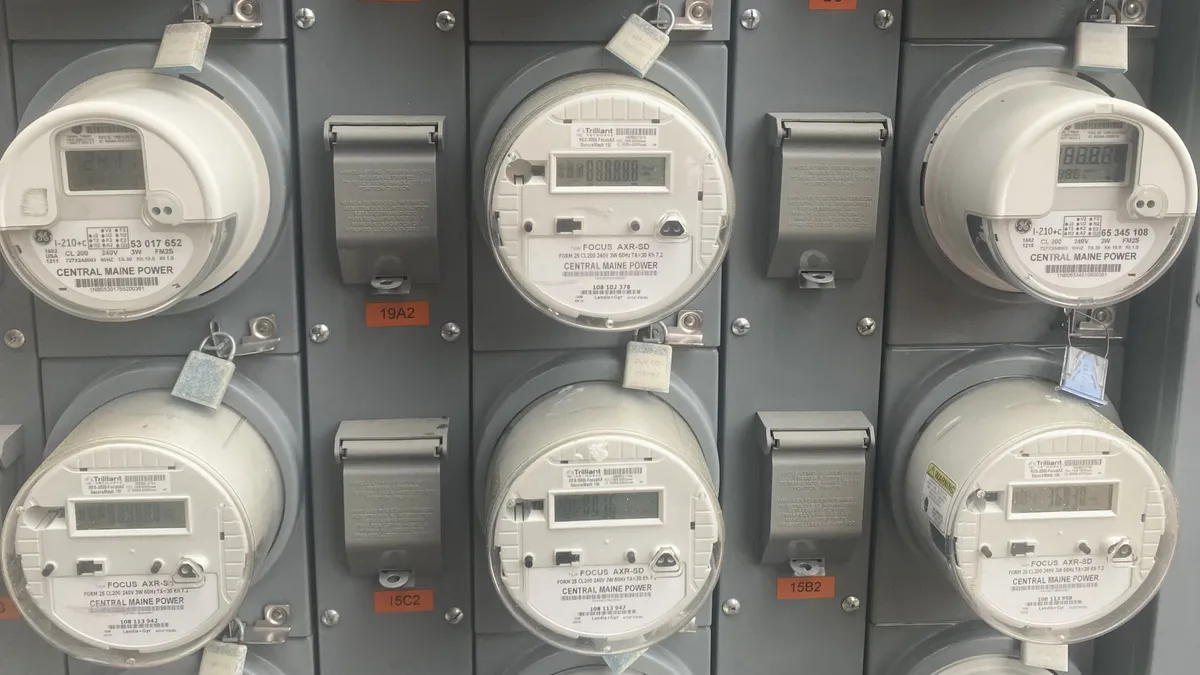Rising electricity prices increase the risk to regulated U.S. utilities of “adverse regulatory or political intervention” that could hurt their credit quality, according to Moody’s Investors Service.
“As power supply ramps up to meet rising load forecasts, the potential for higher electricity prices may leave U.S. regulated utilities with greater credit exposure to social risk,” Moody’s said in a report Wednesday.
Moody’s said it considers affordability a key credit metric and social risk for regulated utilities because their rates go through regulatory review processes that can lead to “adverse outcomes” if regulators feel that customers have become financially overburdened.
After remaining range-bound for about a decade, average U.S. electricity prices surged in 2022 and continued to rise this year, even as natural gas prices fell, Moody’s said.
“As utilities seek to pass through higher capacity payments and new investment costs to customers, regulators will continue to be mindful of the scale of the rate increases they approve, sometimes with negative credit consequences,” the ratings agency said.
The Connecticut Public Utility Regulatory Authority, for example, in August 2023 approved a $23 million, one-year rate hike for The United Illuminating Co., which was seeking a $131 million increase over three years, Moody’s said, noting the state agency cited customer affordability as a factor in its decision.
High electricity rates in Connecticut sparked a rally Thursday at the state’s capital, have led to talks between the state’s governor and lawmakers, and may have been a factor in Connecticut not joining Massachusetts and Rhode Island in moving forward with offshore wind contracts earlier this month.
Utilities in the PJM Interconnection’s Mid-Atlantic and Midwest footprint may take steps to ease the effects on their customers of a recent jump in capacity prices, according to Moody’s.
However, in the long term, utility capital expenditure plans may put upward pressure on electricity rates, the ratings agency said.
Significant price increases could come as a surprise to many residential customers. Over the last 10 years, U.S. residential electricity prices have largely tracked inflation, which jumped in 2021, the Energy information Administration said in a report Wednesday.
When adjusted for inflation, residential electric prices grew by less than 1% from 2013 to 2023, with significant variation in some states, according to the report. Without adjusting for inflation, average residential retail electricity prices increased from a little more than 12 cents/kWh in 2013 to 16 cents/kWh in 2023, the EIA said.
Residential prices rose fastest in California and most of New England, according to the agency.
Driven by declining sales and rising costs, inflation-adjusted average residential electric prices in California jumped 2.8% a year, on average, to almost 30 cents/kWh last year, from a little over 21 cents/kWh in 2013, the EIA said.
Average inflation-adjusted residential prices in New England grew 2.6% a year, on average, to almost 29 cents/kWh, from 21 cents/kWh a decade earlier, according to the agency.
“Potential causes for increasing rates come from growing investment in transmission or distribution, higher costs for investment in new generation technologies, or rapid changes in underlying commodity prices,” the EIA said. “Conversely, growing demand for electricity can have the opposite effect (in the absence of the need for significant, costly investment) as the revenue required is spread over more sales, which can reduce rates in real terms.”














